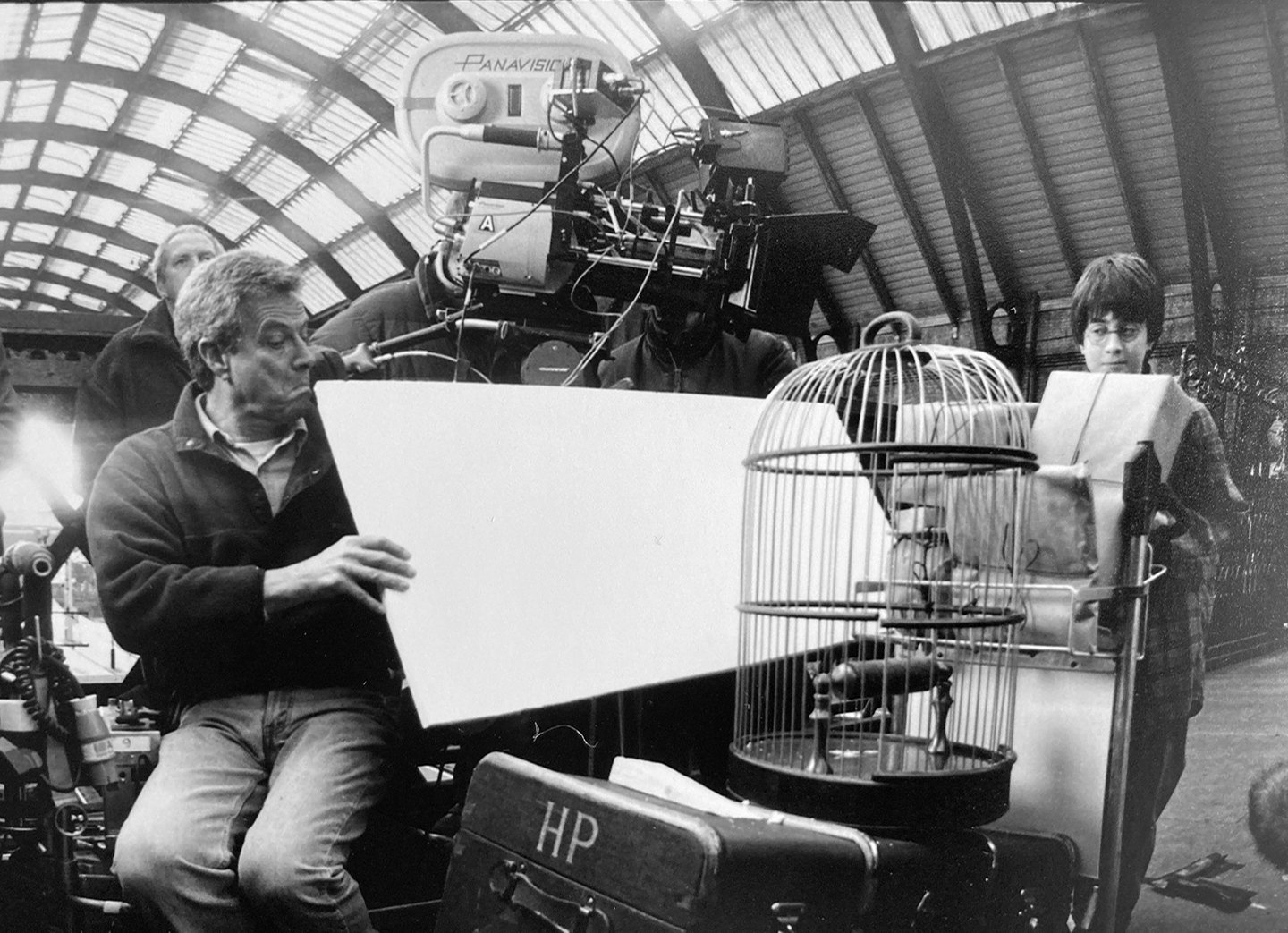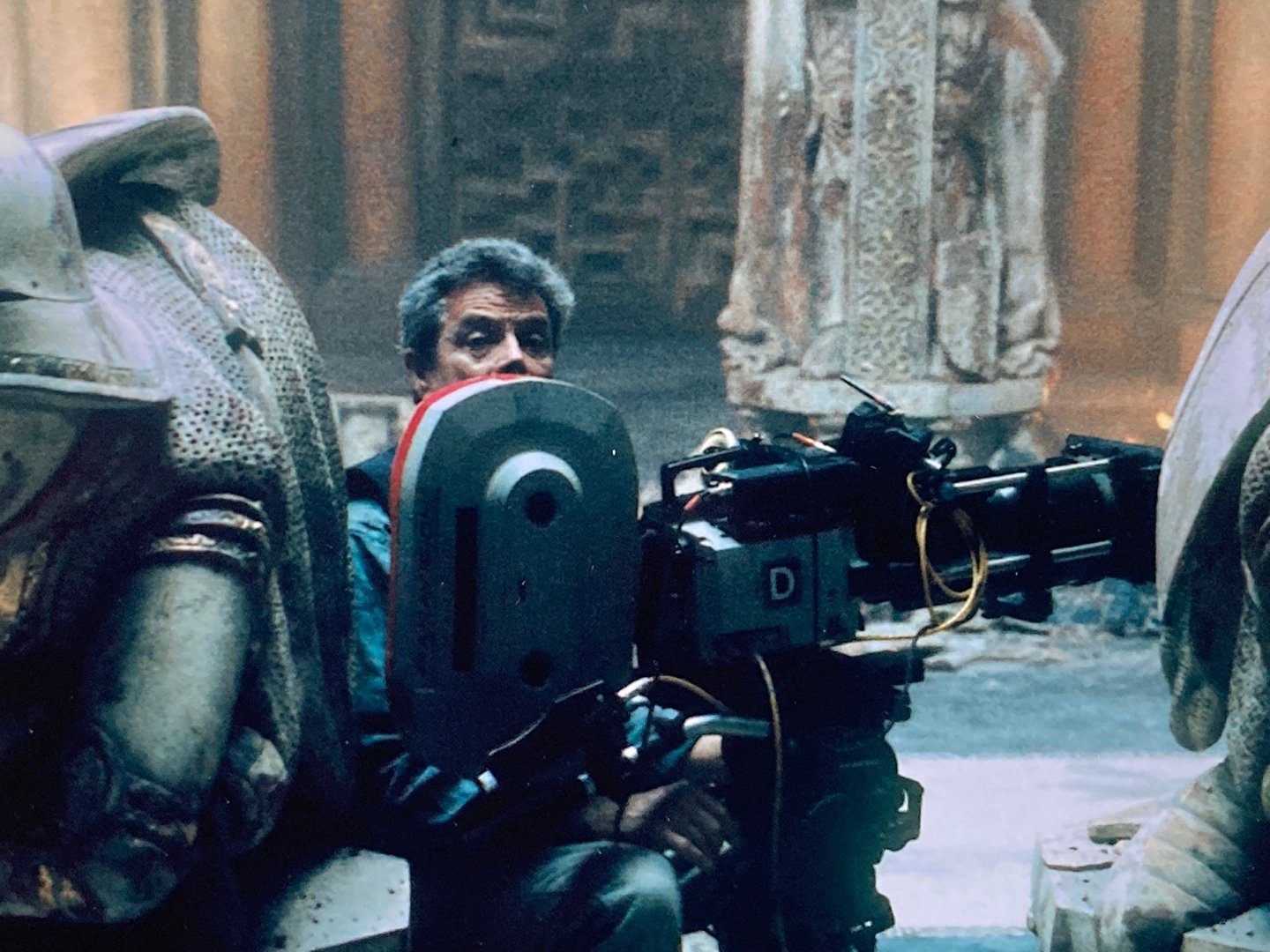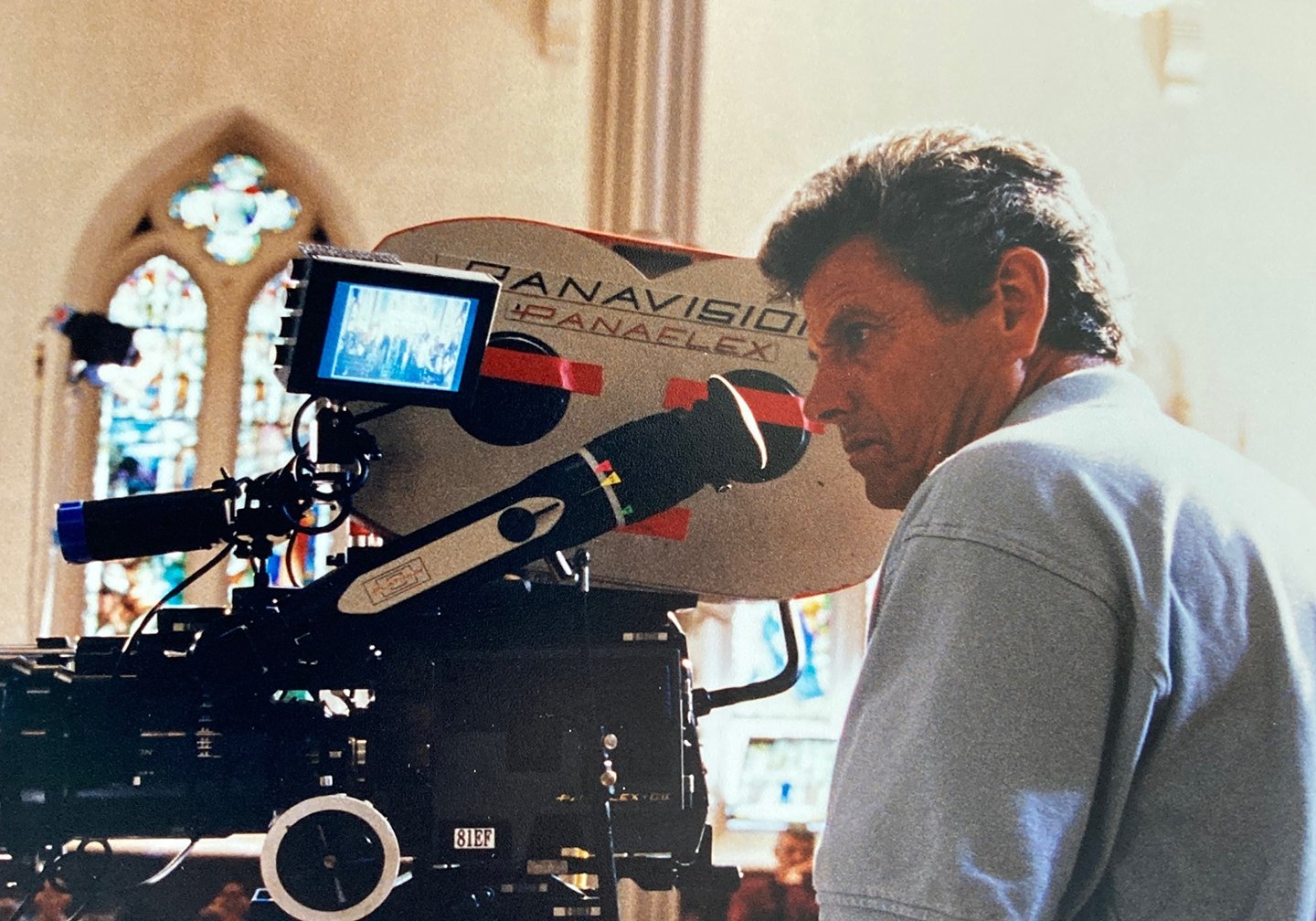
Making Magic: Harry Potter and the Sorcerer’s Stone
Twenty years after, John Seale, ASC, ACS looks back on his work in this foundational first entry in the fantasy series.

Harry Potter and the Sorcerer’s Stone introduced the characters and set the visual tone for a movie franchise that would become a part of the cultural zeitgeist. This year marks the 20th anniversary of the film, shot by John Seale, ASC, ACS and directed by Chris Columbus.
When Seale was first approached about photographing the 2001 project by producer Duncan Henderson, he was not yet familiar with author J.K. Rowling’s best-selling book series. The Australian cinematographer was in London scouting for another project: “[Henderson] said, ‘Listen, have you ever read a book called Harry Potter?’ And I had to say, ‘Well, no, I haven't; but I've heard vaguely that it's developing into becoming quite an iconic book.’ He said, ‘Well, why don't you do yourself a favor, buy the book at Heathrow on your way back to Australia, and read it as quickly as you can and get back to me.”
Seale bought the book, read it non-stop on his flight, and called Henderson as soon as he landed to sign on to the project. While no one knew how successful the film would become, there was pressure from the beginning to pick the perfect child actor to play Harry Potter. “I think my admiration for Chris Columbus went through the roof, because they screen tested thousands of kids,” Seale remembers. “I helped with the shortlist when I got to England to put together the camera crew and lighting crew, but I have to hand it to Chris Columbus. He was the perfect man for the immense job. He'd say, ‘What do you think of that boy for Harry?’ and I'd have my opinion, as would everyone else. But he made the final choices.”
The film posed many unique challenges for Seale. “A lot of our sets were real castles or real chapels around England,” he explains. “In some of the locations we were not allowed to touch the walls, even when filming inside. The normal equipment, like wall busters in the roof so you could hang lamps up there, with a pole across from wall to wall, wasn't available.” In order to light, Seale had to rely often on lighting from outside, just adding an eye light inside. Frames were made to hang outside of windows for gels and ND filters, since these were not allowed on the windows themselves.
“There was, as always, with a film in pre-production, especially one of this nature, a lot of pre-production, talking and analyzing. Where will the look go in future films?
How do we establish that?”
— John Seale, ASC, ACS

In working around the constraints of locations and creating the look of the magical world of Harry Potter, Seale credits his collaboration with production designer Stuart Craig: ”I'd worked with Craig previously on The English Patient and loved the way he worked. He, too, had an enormous job to establish the look of what would become eight films. There was, as always, with a film in pre-production, especially one of this nature, a lot of pre-production, talking and analyzing. Where will the look go in future films? How do we establish that?”
“This is the first film and it’s going to introduce the entire series. The family where Harry started from, how he gets to Hogwarts, what happens when he gets to Hogwarts. So, I decided to keep it sort of bright and breezy, more like the normal world, nothing really dark to start out with. As the storylines began to develop a bit, a thin edge of the wedge starts to come in of the darker tones, thematically and visually. But, basically, we went for a very wholesome looking introduction to the series.”
Seale shot Harry Potter and the Sorcerer’s Stone with Panaflex Platinum and Miillenium cameras, at times shooting on six units at once. Each was equipped with the same zoom lens. “I’ve always loved zooms, from way back when zooms weren’t as good as they are now. I always try to shoot movies on the same lens throughout so that the quality of the image is the same. Also, I love the free feeling camera-- slow zooms in during emotional moments to draw the audience in”.
Running six cameras at once allowed for full coverage of the child actors in larger scenes and saved production from continuity issues. “I was always worrying about how to light for multiple cameras. Covering all the kids was my challenge and I loved making it work. We'd have six cameras on hydraulic heads, working almost like sports coverage, because these kids were going anywhere they wanted to during takes and we needed to cover it. Six cameras were mainly used in the big hall where we had 600 kids. The rest of the time we reduced down to two or four cameras, whatever suited that scene.”

For Seale, the challenge of working with mainly child leads was mitigated by the supporting cast. “What worked brilliantly on Harry Potter was that we had this array of seasoned actors: Richard Harris, Maggie Smith, Alan Rickman. If one of the characters missed their mark and were covered, they could just rock out and allow the camera to see them and that performance would be saved.”
The challenges of filming the first Harry Potter did not end with production. ”It was an interesting time because the wheel of the digital revolution had started to turn and the developments were coming on thick and fast. Digital intermediates existed at that point, but they were costly. I was told that on Harry Potter, they didn't have the money to do a digital intermediate. So I had to use film negative intermediates.” With the time necessary for visual effects in post, Seale ended up with only a handful of days to work with a colorist on the film once the reels were sent to him.
Looking back, Seale wishes he could bring the technological advancements of the last 20 years to the first Harry Potter film. “It was the last film I did purely on film negatives and positives, right through the release print,” he says. “I would love to do it again, digitally. What you could do would be amazing, but we didn't have that.” Seale is a perfectionist with his work; “With most films I've worked on, they get finished, released, go out into cinemas. Then I might pick it up, six months or a year later, and I watch it, and I just want to die. I just want to reshoot it. I keep looking at it thinking, ‘What was I thinking of? Why did I do that?’”
Twenty years after the release of Harry Potter and the Sorcerer’s Stone, Seale is able to see the merits of the film as well as what he would alter now. “As I re-watched the film recently, I thought, ‘It's still reasonably good.’ I’m a little bit proud that it came out as well as it did. Even though we only had four days to do the complete color, it still scrubbed up, I think.”
The picture would go on to earn $974 million at the box office, launching one of the most successful film series of all time.
An Oscar and ASC Award winner for The English Patient, Seale was presented with the ASC International Award in 2011.
Photos courtesy of John Seale.






